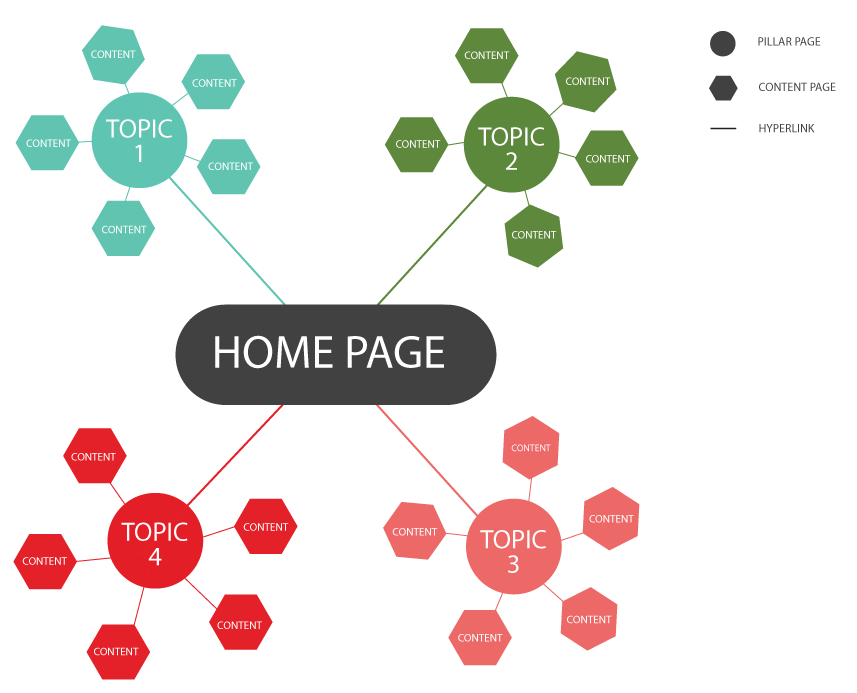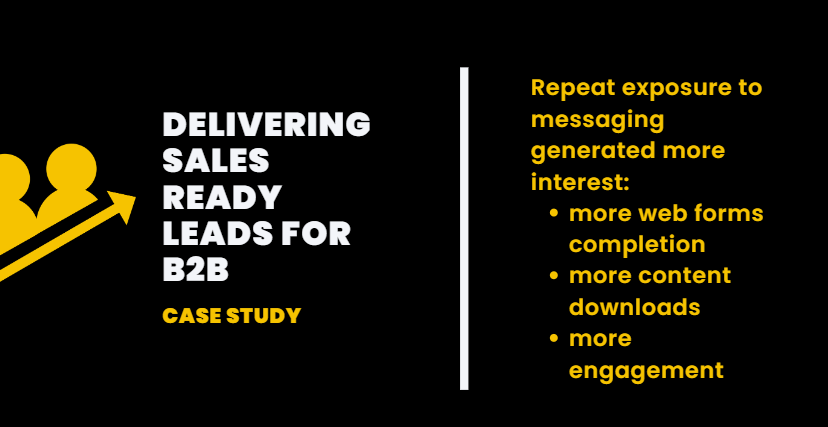The way people search online has changed in the last few years. Think about this for a second. You are hungry and would love to have pizza delivered to your front door. Would you rather search for “pizza” or “best takeaway pizza near me”?
If you’d go with the second option, you are among the 65% of people opting for longer search queries. Search engines become more optimized and provide the exact information people are looking for. Moreover, think about how much voice search has developed in the last couple of years, making up around a quarter of all mobile searches.
Google’s algorithm is changing constantly. Also, all search engines are evolving, sorting thousands of content pieces, returning the best possible answers tailored to the person searching. So what can businesses do to adapt to these changes? In a nutshell, they can follow the topic cluster approach.
What is the topic cluster approach?
For starters, you can think of the topic cluster approach as a way of organizing content on your website. According to the latest SEO trends, you’re better off with your website structured on different main topics. Afterwards, blog posts should touch upon specific, longer search queries hyperlinked with one another, addressing as many searches as possible for a particular subject.
Before the topic cluster approach became popular, people wrote individual blog posts, each ranking for a specific keyword. One issue here is that whenever you’d write a blog post on the same topic, you’d end up competing with your own previous blog post.
Nowadays, it’s better to choose the topic you want to rank for, then create multiple blog posts ranking for specific keywords related to that topic. All specific blog posts should link to one another, while also linking to the main topic pillar page.

What is a pillar page?
The pillar page is the basis for each topic cluster. Usually, it covers all the broad aspects of one topic on a single page. For detailed information, you’d write individual blog posts, always linking back to the main pillar page.
In a nutshell, pillar pages broadly cover a topic and cluster content addresses specific one keyword related to that topic. For example, you might write a pillar page on a broad topic such as Facebook paid advertising and a blog post about facebook ads best practices, a more specific long-tail keyword.
Make sure this blog post links to other blog posts related to the same topic and also to the main pillar page!
How to build a pillar page?
The first and most important step is to change the way we think about your website. Try to think about the main topics your website covers. Then, all you have to do is blog topic ideas on more specific keywords.
Take your core audience and brainstorm their interests and challenges. Afterwards, find a topic that is broad enough to generate blog content regarding their pains and gains. Coming back to the Facebook paid advertising example, “online advertising” was way too broad and “Facebook carousel ads” was way too narrow, so we set it in the middle.
Keep in mind that your pillar page should answer or at least point in the right direction (your blog posts) to all the answers someone might have regarding a specific topic. Once they click on your page, make sure they have direct access to other specific pieces of cluster content.
In conclusion, the topic cluster approach is an amazing way to restructure your website and take your SEO strategy to the next level. As search engines continue to upgrade, so should our approach to ranking as well as we can! Take a moment, go through your website and see if you can restructure it on a handful of topics, each with their own blog posts. Yes, it will take a little bit of time and energy, but in the long run, the results will make up for it!




